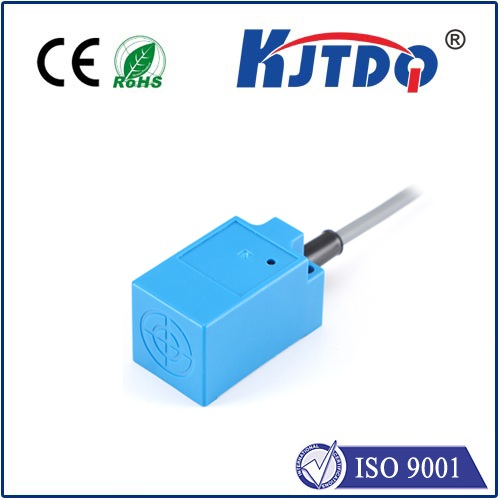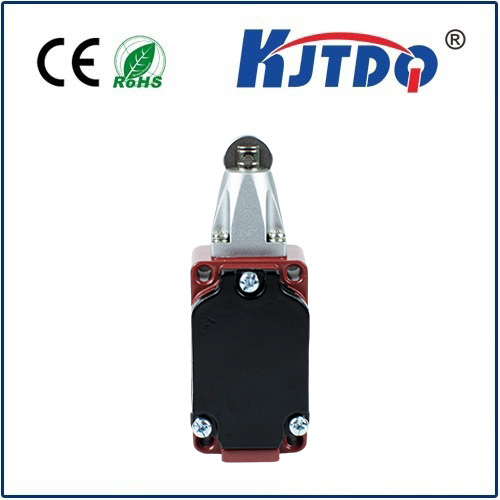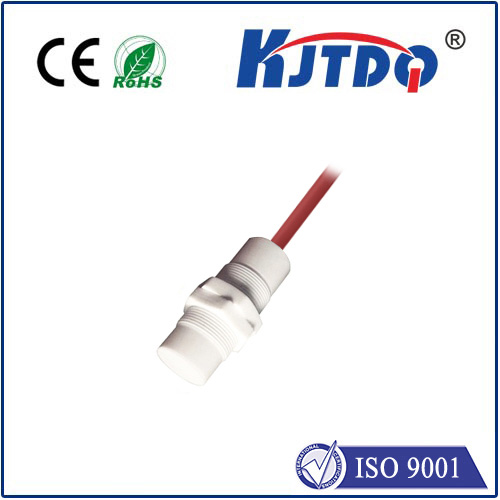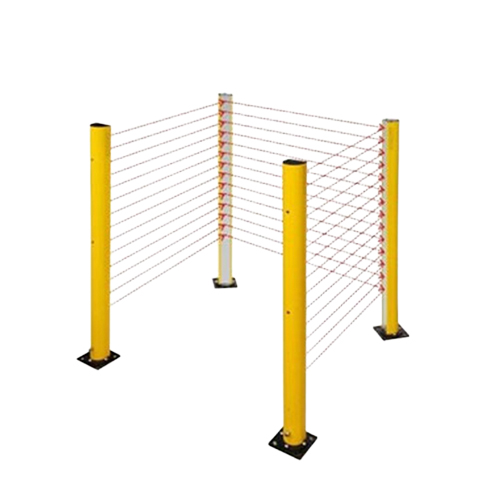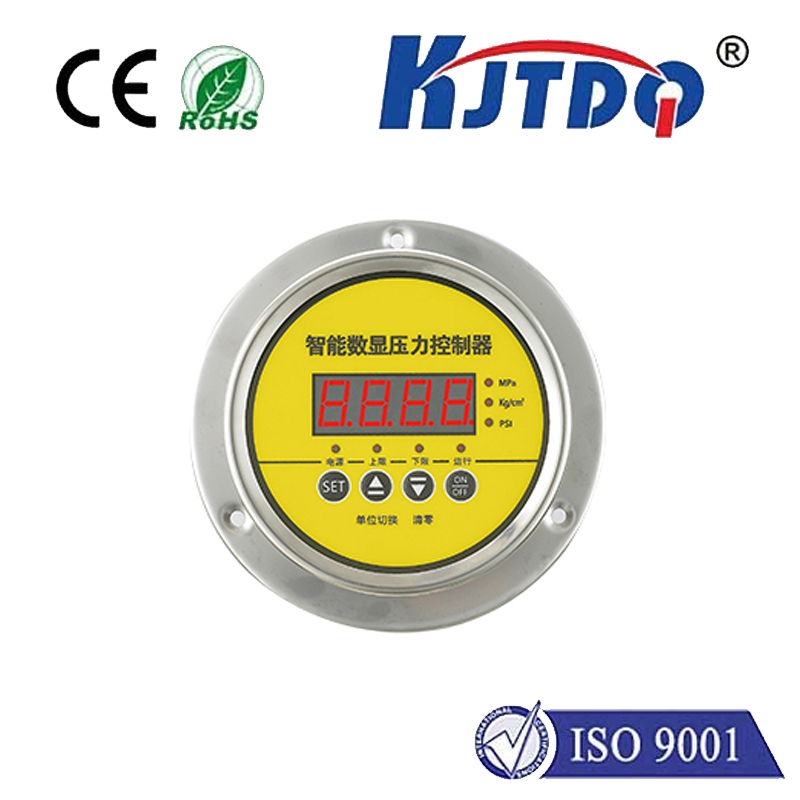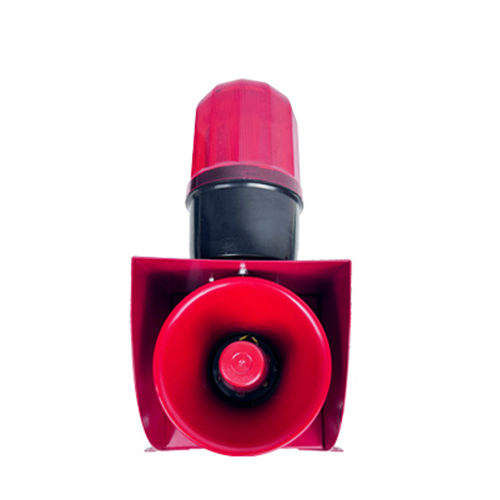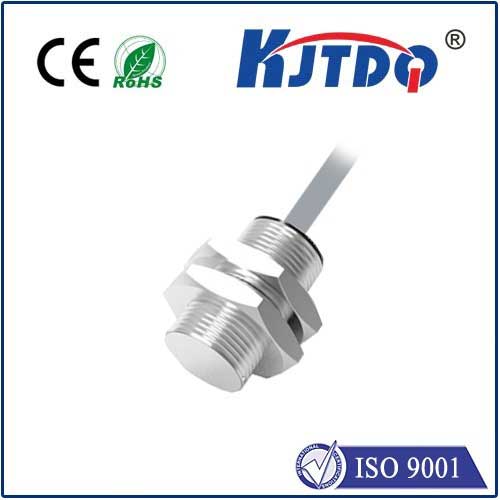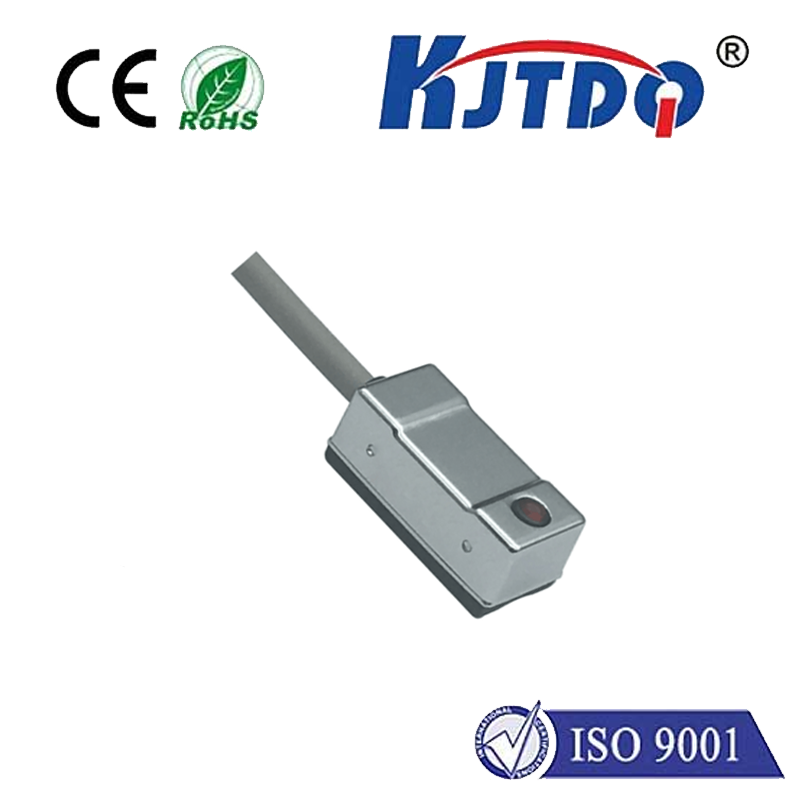no micro switch
- time:2025-08-06 11:23:18
- Click:0
Beyond the Click: Exploring Alternatives When Your Design Demands “No Micro Switch”
The satisfying snap of a micro switch is a familiar sound in countless devices – from your home appliances to industrial control panels. But what happens when your product specifications explicitly call for “no micro switch”? This isn’t merely the removal of a component; it’s a fundamental design shift requiring innovative solutions to achieve reliable actuation, sensing, or control. This article delves into the why behind this directive and explores the sophisticated alternatives paving the way for more robust, reliable, and versatile designs across industries.
Why Eliminate the Micro Switch? Understanding the Drivers
While micro switches have served reliably for decades, several compelling factors drive the need for alternatives:

- Durability & Environmental Challenges: In harsh environments – exposed to excessive dust, moisture, chemicals, extreme temperatures, or constant vibration – the mechanical contacts within micro switches can rapidly degrade. Corrosion, contact welding, or debris ingress can lead to premature failure, necessitating alternatives with no moving parts.
- Reliability Concerns: Even in less extreme conditions, the mechanical actuation of a micro switch inherently involves wear and tear. Over millions of cycles, the risk of contact bounce, contact fatigue, or physical breakage increases, impacting long-term device reliability. Critical applications demand near-zero failure rates.
- Space Constraints & Miniaturization: As products shrink, the physical footprint and actuation travel required by a traditional micro switch can become prohibitive. Designers need low-profile, compact sensing solutions.
- Hygiene Requirements: In medical equipment, food processing machinery, or laboratory settings, crevices around mechanical buttons or switches can harbor bacteria and are difficult to clean thoroughly. Seamless, easy-to-sanitize surfaces are essential.
- Aesthetics and User Experience: Modern design often favors sleek, unbroken surfaces or unique interaction methods (gestures, proximity sensing) that transcend the physical button, offering a more modern and sometimes contactless user interface.
- Specialized Sensing Needs: Sometimes, the function requires non-contact detection (proximity sensing) or highly sensitive adjustments (pressure, capacitive touch) that a simple binary on/off micro switch cannot provide.
Embracing the Alternatives: Solutions for a “No Micro Switch” Design
Fortunately, technological advancements offer powerful solutions, each with distinct advantages:
- Solid-State Sensing:
- Optical Sensors (Photoelectric): Utilize light beams (infrared often) to detect presence, absence, distance, or position without physical contact. Ideal for object detection, position sensing, and replacing limit switches. Highly reliable, resistant to vibration, and offer long operational life. Different modes (through-beam, retro-reflective, diffuse) provide flexibility for diverse applications.
- Proximity Sensors (Inductive/Capacitive):
- Inductive: Detect the presence of metallic objects without contact. Extremely robust, resistant to dirt and moisture, and have a virtually infinite lifespan regarding sensing cycles. Crucial in industrial automation.
- Capacitive: Detect the presence of almost any material (including human touch) by measuring changes in capacitance. Enable seamless touch interfaces, liquid level detection, and proximity awareness.
- Hall Effect Sensors: Detect magnetic fields to determine position, proximity, speed, or current. Completely solid-state, highly reliable, and immune to dust, dirt, and moisture (as long as the magnet is suitably protected or designed). Widely used for rotary position sensing or replacing mechanical limit switches in challenging environments. Offers precise non-contact detection.
- Advancements in Contact Technology:
- Reed Switches: While technically containing moving contacts (reeds) sealed within glass, they are magnetically actuated. This eliminates the physical plunger of a micro switch, offering better protection against environmental factors, potential for smaller sizes, and suitability for low-power applications (door/window sensors, flow meters). Durability is high but cycle life is typically lower than solid-state options.
- Touch and Gesture Interfaces:
- Capacitive Touch Sensing: Allows buttons, sliders, and touchscreens to be created beneath a solid surface (glass, plastic). Enables seamless, water-resistant designs, easy cleaning, and modern aesthetics. Requires robust algorithms to prevent false triggering but offers a premium feel.
- Piezoelectric Sensors: Generate a voltage when mechanically stressed. Can be used as touch sensors, vibration sensors, or impact detectors. Useful for creating unique interaction methods or detecting physical events without traditional switches.
- Advanced Electronic Controls:
- Programmable Logic Controllers (PLCs) & Microcontrollers: Often, the “switching” function becomes virtual, handled within software based on inputs from various sensors (pressure transducers, encoders, solid-state sensors). This offers unparalleled flexibility, complex logic handling, remote control, and continuous monitoring capabilities beyond simple on/off actions.
Choosing the Right Path: Factors for Implementation
Selecting the optimal “no micro switch” solution requires careful consideration:
- Function: What is the core requirement? (Simple on/off, position sensing, proximity detection, variable control, gesture?)
- Environment: Exposure to dust, moisture, chemicals, temperature extremes, vibration, EMF?
- Interface: What interacts with the sensor? (Metal object, hand, liquid, light barrier?)
- Performance: Required sensing range, accuracy, response time, cycle life?
- Power Consumption: Battery-powered device? Needs low-power solutions.
- Cost: Budget constraints vs. required performance and reliability.
- Regulatory/Safety: Specific certifications required? (e.g., ATEX for explosive atmospheres, IEC 60601 for medical devices)
The Impact: Benefits Beyond Elimination
Designing with “no micro switch” in mind isn’t just about solving a constraint; it often unlocks significant benefits:
- Enhanced Durability & Reliability: Solid-state sensors dramatically increase mean time between failures (MTBF), especially in harsh environments, reducing maintenance costs and downtime.
- Improved Hygiene & Cleanability: Sealed touch surfaces or contactless sensors are essential for medical devices, food processing, and sterile environments.
- Miniaturization & Design Freedom: Enables sleeker, smaller, and more innovative product designs, free from the mechanical limitations of traditional switches.
- Superior User Experience: Supports modern interfaces like touchscreens, proximity awareness, gestures, and silent operation.
- Increased Functionality: Allows for more complex sensing (distance, pressure, level) and integration with smart control systems.
Ultimately, the directive for “no micro switch” signifies a move towards more sophisticated, reliable, and often smarter sensing and control paradigms. By embracing solid-state technologies, advanced sensors, and intelligent electronics, designers can overcome the limitations of traditional mechanical switches and create products that are more robust, longer-lasting, safer, and better suited for the demands of the modern world. Understanding the why and carefully evaluating the how empowers engineers to turn this requirement into a significant design advantage.






